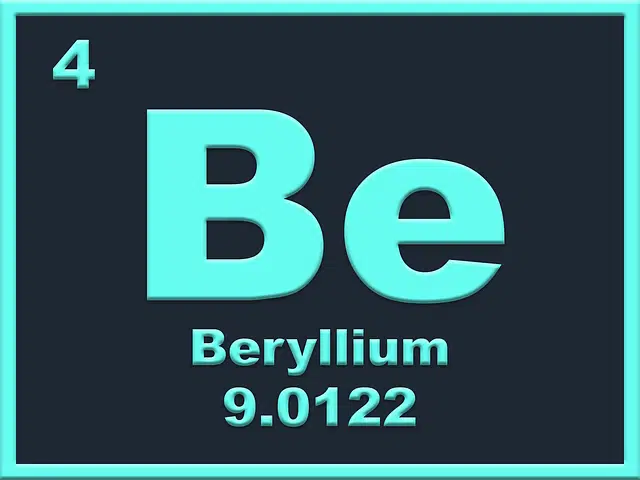
Alkaline earth elements are group 2 elements.
The adjective alkaline earth is used in the field of chemistry to describe a group of metals that stand out for being strongly basic . The alkaline earth elements are radium , barium , strontium , calcium , magnesium , and beryllium .
Group 2 elements
The name is linked to the fact that the oxides of these metals were mentioned as “earths” . Alkalinity, meanwhile, is associated with the basic properties of these oxides.
Alkaline earth metals are found in group 2 of the periodic table of elements. That is why they are located between group 1 (which includes alkalines) and group 3 .
General characteristics
Compared to alkali metals, alkaline earth metals have lower reactivity and greater hardness and density. They are good conductors of electricity that can form ionic compounds and have a pair of electrons in their outer shell (their valence is +2 ).
Whitish or silver in color, alkaline earth metals are almost stable. Returning to the comparison with alkaline elements, these elements from group 2 of the periodic table melt at a higher temperature.
Its electronic configuration is ns2 . Although their ionization energy is higher than that of the other alkalines of the period to which they belong, the alkaline earth elements are not notable for this aspect, especially those found at the end of the group . Except for beryllium chaos, all the others are obviously ionic compounds. These are metals whose compounds are less soluble than those of alkalines.
Each alkaline earth metal has two electrons in its extreme energetic part, and tends to lose them; These form a positive ion. The valence of all of them is +2 . Finally, we can mention a characteristic of these metals that is quite peculiar: their behavior is that of earth metals, as well as alkaline metals, something that does not happen with the latter.
Distribution and procurement
It is estimated that alkaline earths constitute about 4% of the crust of planet Earth . In any case, they cannot be found free. Additionally, while magnesium and calcium are quite common, other alkaline earth earths are rarer, such as radium. In this way, it is difficult to establish generalizations when referring to this class of elements, since in many cases their properties and characteristics are dissimilar.
Obtaining alkaline earth metals can be achieved by reducing their oxides with carbon. Another option is to resort to electrolysis of its already molten halides.
Applications
Let's see in which fields different alkaline earth metals are used. Let's start with beryllium , which is used in nuclear technology and also in alloys with high stability and strength, as well as low density when faced with corrosion. Another application occurs in certain semiconductors, as a p-dopant (one of the possible types). On the other hand, we have magnesium , which is widely used in industry, especially compared to aluminum, since the properties of the latter are inferior.

One of the applications of beryllium is in nuclear technology.
To achieve different properties that adjust to the needs of the projects in which it is used, it is usually alloyed with zinc. Despite presenting general advantages over aluminum , magnesium is highly flammable, and this has affected its popularity in recent times. Calcium, for its part, can be a reducing agent by separating other metals from their respective minerals . Likewise, it is possible to alloy it with copper or aluminum, and use it to deoxidize certain alloys or produce cement.
Two less used alkaline earth metals are barium and strontium . The former is mainly used to generate a vacuum in electron tubes, while strontium can be used for neurochemical studies or, its carbonate, to create red fireworks.
